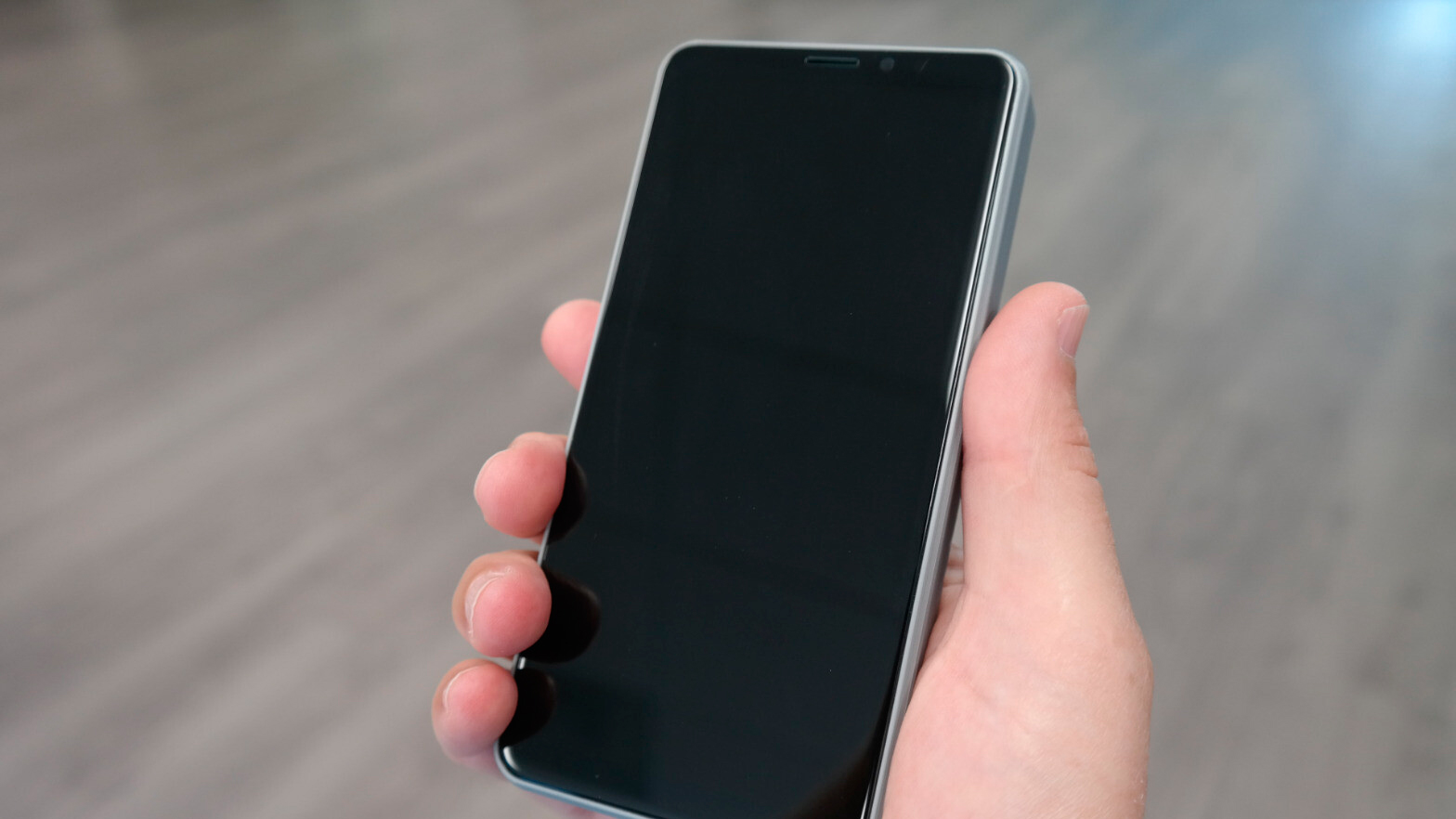CommanderB
Very Active Member
- Joined
- Mar 1, 2014
- Messages
- 142
Hi!
Finally my long-awaited mobile edition Pyra arrived and I am totally excited about the device.
However, I am experiencing heavy mobile radio reception issues:
The reception is extremely location-dependent: On one side of my work-desk I get about 60% RSSI and LTE reception and on the other side of the desk (70cm away) I get no mobile connection at all. This looks to me like an antenna issue.
I also tested the reception outside, to exclude some influence from steal beams, or interferences, but the location-dependence effect is the same, even on the parallel street.
In general the reception at my place is really good, I usually get about 90%-100% reception rate and ~40 Mbps with both my Android phone and my Pinephone using the same SIM card. (Telefonica-Germany)
The performance is even at the "best" locations kind of bad, as I get at most a download rate of 50-100kbps.
I wonder, whether this might be a general problem, or only a single faulty device. How are your Pyras performing?
I also noticed something different: When I boot my device, the modem rarely disappears and is not even listed via lsusb. I wonder if this is a bug related to the GPIO modem switch configuration?
Finally my long-awaited mobile edition Pyra arrived and I am totally excited about the device.
However, I am experiencing heavy mobile radio reception issues:
The reception is extremely location-dependent: On one side of my work-desk I get about 60% RSSI and LTE reception and on the other side of the desk (70cm away) I get no mobile connection at all. This looks to me like an antenna issue.
I also tested the reception outside, to exclude some influence from steal beams, or interferences, but the location-dependence effect is the same, even on the parallel street.
In general the reception at my place is really good, I usually get about 90%-100% reception rate and ~40 Mbps with both my Android phone and my Pinephone using the same SIM card. (Telefonica-Germany)
The performance is even at the "best" locations kind of bad, as I get at most a download rate of 50-100kbps.
I wonder, whether this might be a general problem, or only a single faulty device. How are your Pyras performing?
I also noticed something different: When I boot my device, the modem rarely disappears and is not even listed via lsusb. I wonder if this is a bug related to the GPIO modem switch configuration?
Last edited:




